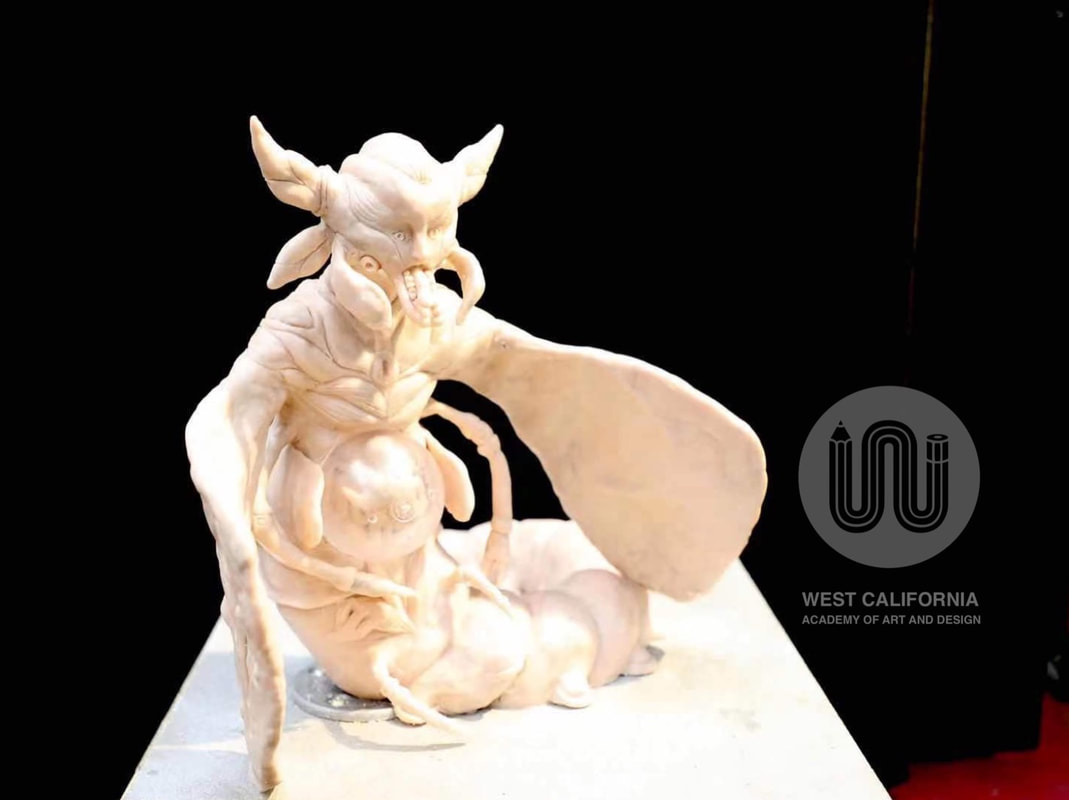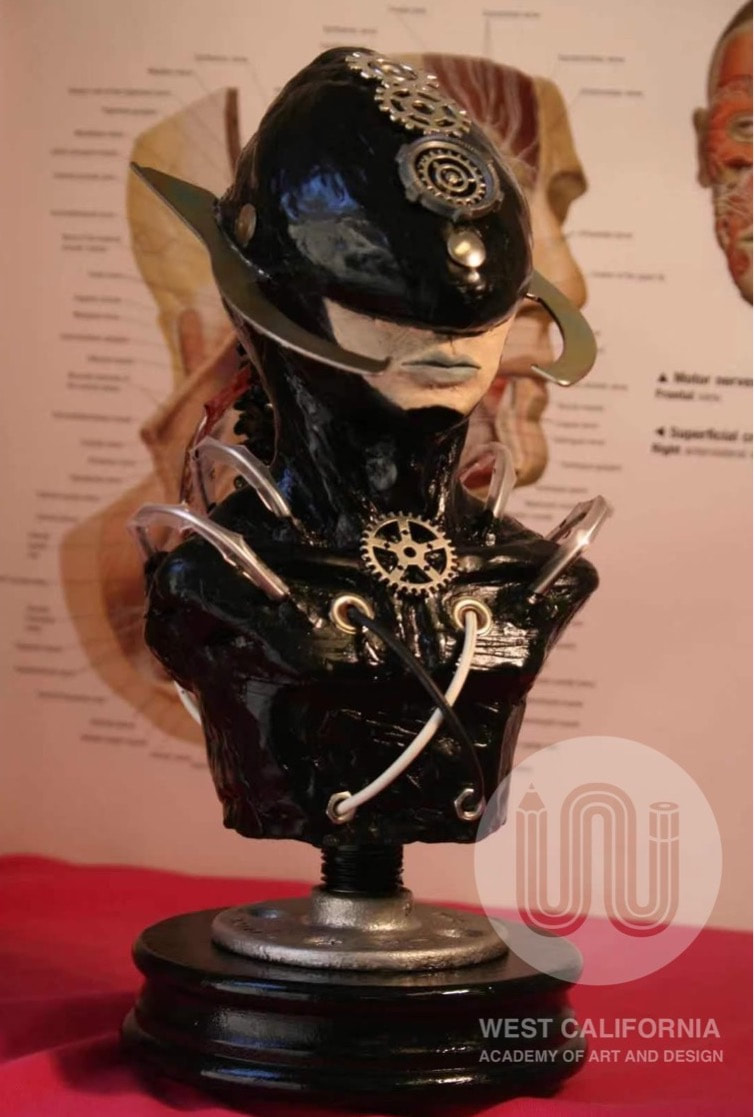|
I’m often asked from young artist between the choice of using "traditional" and "non-traditional" media in their portfolios. The question that most people seem to be asking themselves is, "Which is more beneficial and why? " The truth is that both are equally important. Combining both options is ideal as I instruct the students to focus on the idea rather than choosing a conventional traditional approach like painting or drawing. The enigma is figuring out which media source reaches audience most specifically with student’s vision. Each choice creates a distinct artwork and sets them apart differently from other candidates. WCAAD classes assist in research and figuring out a contemporary mode of thinking that formulates new approaches of art production. Students learn the methods, processes, constructions and ways to present the three-dimensional artwork that includes sculpture, installation, performance art, craft, architectural-model building, character models, and product prototyping design, to name a few. As demonstrated here, students understand contemporary materials include foam, plastics, clays, wood, epoxies, concrete, plaster, build armatures and more. More and more their contemporary sculptures reflect their subjects through different cultural perspectives. Seen in these Three-dimensional student examples construction, or assemblage, uses found, manufactured or altered objects to build form and they utilize found objects into abstract sculptures. Experimentation with aesthetic value of the work often includes the senses, mechanical and psychological and aesthetics consideration. These students’ modern interpretations of Three-Dimensional Media blur the line between traditional sculpture and the more complex medium and installation. Because of their relative complexity, installations can address aesthetic and narrative ideas converting the “white cube” or gallery space into an interactive performative space rather than just “hanging a painting up.” These types of art, challenge the viewer to reexamine the artistic experiences and surroundings from a new multilayered artists and cultural perspective where viewers become active participants. WCAAD students working with 3D models in the industrial design field such as product and transportation, produce devices (prototypes and architecture models to transportation 3D concepts) we use as a society and continue pushing designs to evolve and change as they reflect modern aesthetic considerations and serve as cultural models over time. Distinguish from the rest! Be the best! Join West California Academy of Art and Design portfolio preparation today! (By Omar Gallegos,Vice Principal and Director of Education)
0 Comments
|
Archives
July 2024
|
Campus420 S Pine St, San Gabriel, CA 91776
|
Office HoursMon-Fri: 11:00 AM - 7:00 PM
Sat-Sun: 8:30 AM - 7:00 PM Summer Schedule Mon-Sun: 8:00 AM-7:00 PM |
Copyright © 2024 MyArtEducation.com
West California Academy of Art and Design. All Rights Reserved.
West California Academy of Art and Design. All Rights Reserved.














